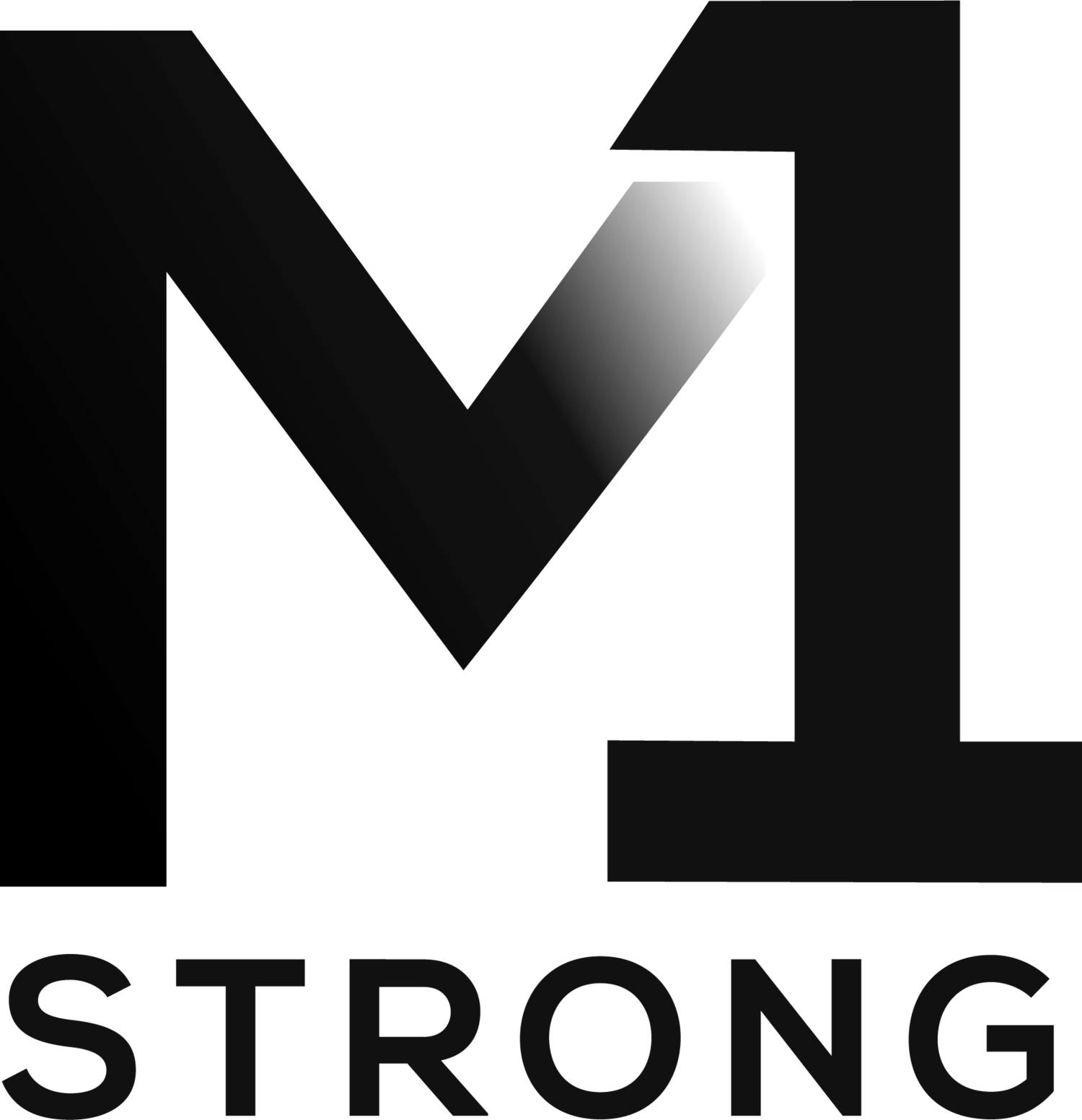How and when to stretch
We all know stretching is an important part in our training programs. Whether you’re a professional athlete, avid fitness enthusiast, or someone just getting started with a new fitness program you can quickly learn that tight muscles don’t feel good. Stretching is essential to improving your health, muscle tone and most importantly, flexibility.In fact, if you lack mobility in certain regions of your body you may decrease the quality of your movement patterns by compensating to complete the movement. Over time this compensation will not only facilitate the poor movement pattern, but can lead to chronic pain and even injury.
So, when is the right time to stretch? Before a workout? After a workout? Static? Dynamic?
Static stretching is probably the most common type of stretching. With static stretching, you stretch a muscle or group of muscles by holding the stretch for a period of time.
Dynamic stretching is a more functionally oriented stretch. Sport specific movements are used to move the limbs through greater RoM. It involves whole body movements and actively moving a joint passed its RoM without holding the movement at its endpoint.
Recent studies suggest that static stretching before a workout may actually have a higher rate of injury than if you don’t. There’s also other evidence to suggest that performing some types of stretching before a workout might decrease power and speed. Which has led to recommending that any stretching done before exercise should be dynamic stretching.
Active warm-ups, such as dynamic stretching, could boost your power and strength in the following activity. Additionally, more research has found that dynamic stretching can improve your muscle power and overall performance. This type of stretching has also been shown to reduce the risk of injuries..
General rule of thumb:
Before - If you are warming up before an exercise or sporting event, you should focus on dynamic stretching. It will better readily prepare your body for the workout or competition, while also reducing the risk of injury.
Sample exercises include: Walking toe touches, walking knee hugs w/ forward lunge, body weight squats, glute bridge and any specific movements that can activate areas of the body to better prepare you to workout. (Recommended time: 5-10 minutes)
After - If you are ending your workout, you should prioritize static stretching. Not only does static stretching improve your flexibility and range of motion like dynamic stretching does, but it also boosts muscle recovery.
Target muscle groups or areas of the body that you have trained or are tight. (Recommended time: ~10 minutes)
Foam Rolling:
FOAM ROLLING IS NOT THE KEY TO CHANGING YOUR TISSUE.
You may have heard about the benefits of foam rolling and even spent a great deal of time on a foam roller, but it’s important to understand that there have been no studies that have shown that foam rolling causes a change in soft tissue (muscle) or your fascia.
Compressing into a foam roller and moving directionally with the tissue stimulates the mechanoreceptors and nerve endings and sends information to the brain and nervous system while creating a sponge-like reaction – squeezing oxygenated blood and fluid into and out of the fascia and all tissues beneath the surface. This new information and work directly on the tissues is a “trick” to the nervous system and is only temporarily creating more movement, increasing blood flow to the area, and decreasing the perception of pain/discomfort. Again, this is a TEMPORARY change and the tissue will revert back to its’ previous state in about ten minutes.
Even though foam rolling is technically not a myofascial release, there are still benefits, including a temporary improvement in range of motion and pain relief, that when implemented correctly make this self-technique worthwhile.
If you’re rolling to address a tightness, restriction, or pain, it’s important to be diligent and mindful of incorporating other modalities into your training alongside the rolling to address the root of the issue in order to promote lasting change. The rolling will again only provide temporary relief.
There is no universal agreement on when to roll, how often to roll, or how long to roll, but generally, techniques are used both before and after a workout. So, what is a good way to incorporate foam rolling into your training and why:
Pre Workout:
Foam rolling prior to a workout can help decrease muscle density and promote a better warmup.
Post:
Rolling after a workout may help muscles recover from strenuous exercise.
